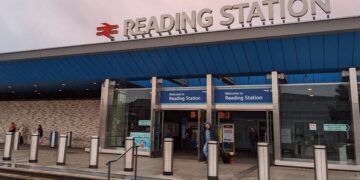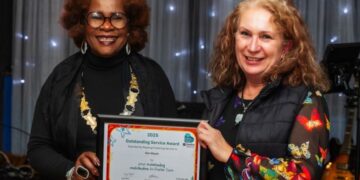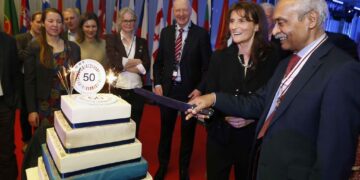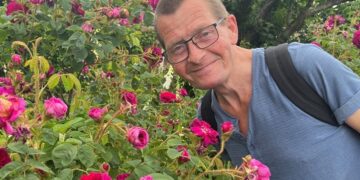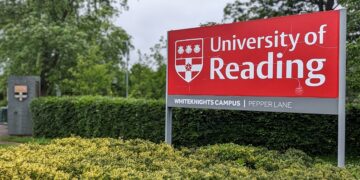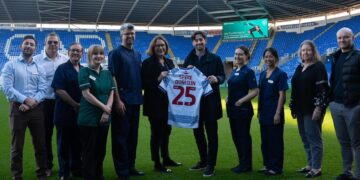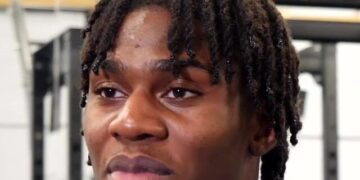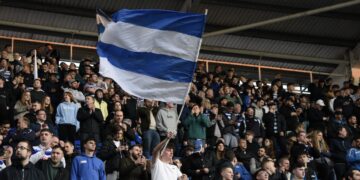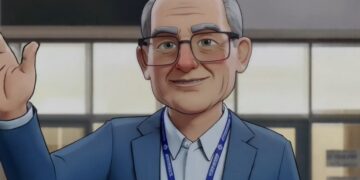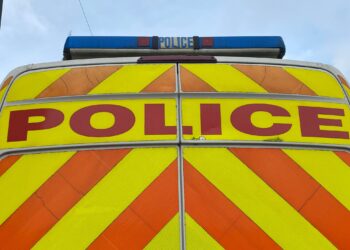The April meeting of The History of Reading Society did not go according to plan – when the speaker failed to turn up.
However, our resourceful treasurer, Malcolm Summers, stepped into the breach and gave us a well-researched talk on Dr Jamieson Boyd Hurry, complete with illustrations he had somehow managed to deliver via the Internet.
The audience had been expecting to here a talk on the history of the printing industry in Reading.
Dr. Hurry’s achievements were multifarious, and his legacy to Reading is considerable.
The son of a Congregational minister, as a boy he travelled round the country, and around the world. Having completed his medical training, and a brief spell at St. Bart’s Hospital in London, he spent several years as a ship’s doctor, and this love of foreign travel seems never to have left him.
He arrived in Reading in 1885, where he joined the practice of Dr. George May junior. The list of organisations within the town in which he played a leading role is extraordinary, and includes the Pathological Society, the Dispensary Trust, the Literary and Scientific Society, the Natural History Society, and the Cemetery Company.
He was a great supporter of public libraries in Reading, and of the University College.
He married the daughter of Arthur Hill, the philanthropist and benefactor, and they lived at a large house in its own grounds, Westfield, in Southcote Road. Here he established his educational garden, which was opened occasionally to school parties and to the public.
The list of Dr Hurry’s publications is also impressive. There were many articles in medical journals, and he was perhaps ahead of his time in seeing links between poverty, poor food, bad housing and ill-health – what he called “vicious circles.”
But most notable for us, he published many books on Reading Abbey, including the classic history in 1901.
On top of that, he paid for several plaques and memorials, to be seen to this day in the Abbey Ruins. He also commissioned a series of 10 large paintings depicting scenes from the history of the Abbey, and presented them to the town. They are now in the care of the Museum and Art Gallery.
The talk may have been a stop-gap, but it was obviously greatly appreciated. The talk on the printing industry has been promised for next year.
The society’s next meeting in the Abbey Baptist Church, behind the Central Library, will be on Wednesday, May 17, when John Nixon will give a talk on The Gentlemen Danes – the Danish and Norwegian prisoners-of-war who lived in Reading between 1807 and 1814.
We begin at 7.30pm.
There will also be a sale of second-hand books likely to be of interest to local historians. Visitors are welcome: there is a charge of £2 for non-members.
This will be the last meeting before the summer break, with the talks resuming in September.
For more details, log on to:
Vicki Chesterman

